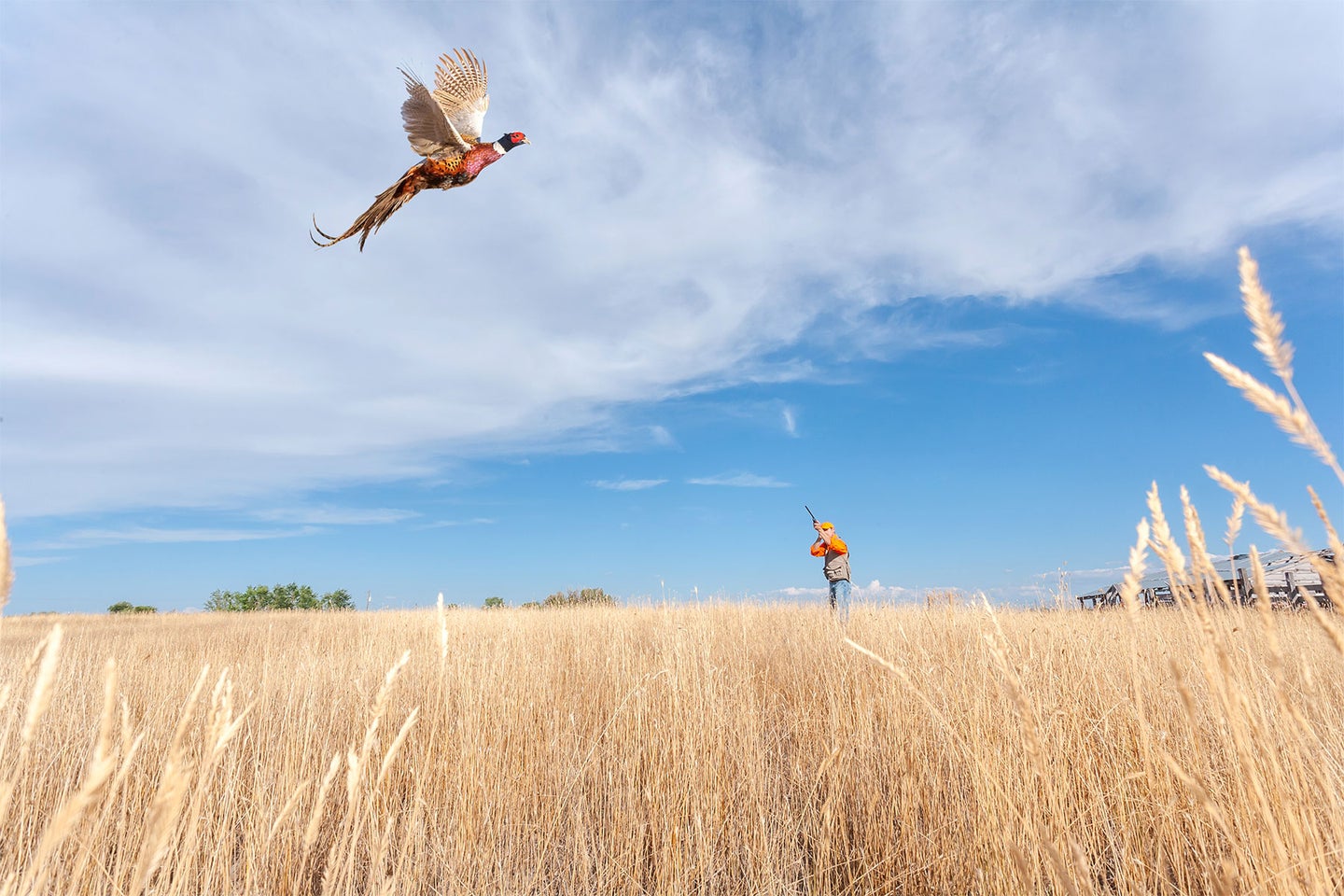How The Stalled Farm Bill Affects You

The Farm Bill is the single biggest investment that the federal government makes in conservation on an annual basis. Adobe Photostock.
The Farm Bill quietly expired on September 30, 2023, while Congress was otherwise occupied in noisy dysfunction. Supposedly reauthorized every five years, the massive, omnibus farm spending bill is the largest single source of conservation funding for private, working lands. It’s absolutely vital to farm-country wildlife of all kinds, including the ducks that hatch in the prairie pothole states.
While there is cause for concern as the bill expires, this is also an opportunity. Think of it as an extension. If you haven’t contacted your representative yet about supporting farm bill with strong conservation funding, congressional wrangling has given you the gift of more time. In addition, while this Congress seems uniquely broken, it’s not unusual for Farm Bills to expire. We went two years without a bill in 2012 to 2014. It’s not great that the current bill expired, but it’s not a complete disaster, either.
Many farm bill programs are funded through 2031 through the Inflation Reduction Act of 2022. Those include an alphabet soup of conservation programs: EQIP, CSP, RCPP and ACEP covering wetland restoration, upland habitat and field buffers among other important practices.
Missing from that jumble of letters, however, is CRP. The Conservation Reserve Program cannot continue without a new farm bill. CRP pays landowners to convert marginal farmland to grasses primarily, but also to wildlife habitat, pollinator acres, trees, and wetlands. CRP contracts last for ten years, after which they can usually be renewed, but not if there isn’t a Farm Bill. While some contracts are due to expire in the next several months, the majority are not. There will be some losses, but all CRP acres won’t vanish overnight.
Sadly, the program that benefits hunters most directly also goes into limbo when the Farm Bill expires. VPA-HIP, which stands for Voluntary Public Access-Habitat Incentive Program has opened thousands of walk-in acres to hunters across the country since 2008. This doesn’t mean your favorite walk-in area is now closed, but without a new Farm Bill, there won’t be more funding for a program that offers vital public access. VPA-HIP received $50 million in the 2018 Farm Bill. To meet the considerable landowner interest in the program, groups like Pheasants Forever and Quail Forever want that amount tripled to $150 million in the next bill.
CRP acres were capped at 27 million in the 2018 bill, but only 23 million are currently enrolled. That cap should be raised. Just as important, the rates the government can pay per acre need to be raised, too, to make them more competitive with crop prices. CRP works best when retiring land becomes an attractive alternative to production.
Again, take this delay as an opportunity to contact your representatives and make your voice heard. Agri-business doesn’t like programs like CRP. They are good for the long-term soil health. They help control erosion. These long-term benefits should be in the industry’s best interests, but in the short term, retired lands don’t require seed, fertilizer, or machinery that Big Ag wants to sell. Their interests and ours don’t always align, and that is why it’s important for hunters and conservation groups to make their voices heard when the Farm Bill is written.
Read Next: Hunters and Anglers Speak Out Against Proposed Industrial Road Through Alaska’s Famed Brooks Range
Even in normal times, Congress rarely acts until it’s faced with a hard deadline. In the case of the Farm Bill, that means December 31, when programs like crop price supports expire. That means if there is a new Farm Bill this year, it has to happen before Congress recesses for the holidays. It is up to us to be sure the next Farm Bill is as conservation-friendly as possible.
The post How The Stalled Farm Bill Affects You appeared first on Field & Stream.
Articles may contain affiliate links which enable us to share in the revenue of any purchases made.
